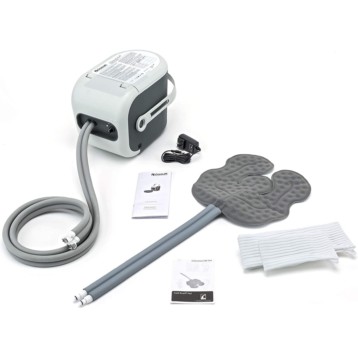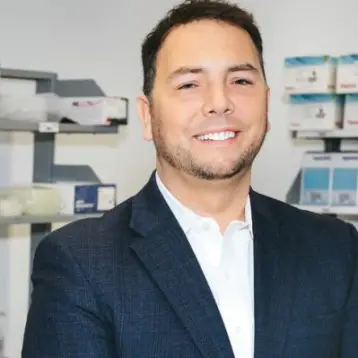|
The ENose is able to determine what are the exact contaminants in the air with a sensitivity level that allows it to accurately select a ‘smell’ of one out of approximately 10,000 parts per million. The device is already planned to be launched to the International Space Station to examine the air within the station. Additionally, ENose is currently being tested to be used to ‘sniff out’ cancer cells in the brain and other organs.
Through experiments performed by the Brain Mapping Foundation, it was found that ENose was able to distinctly pick up the smell of healthy human cells and cancerous cells. The researchers say that by recognising specific odors, the device can even be taught to differentiate between Pepsi and Coke.
ENose uses 16 different polymer films that have been specially fabricated to conduct electricity. When a smell or an analyte enters the device, it is absorbed by the film, which reacts by expanding slightly. This expansion would then determine the intensity of electricity conducted by the film. All of the polymer films on a set of electrodes (sensors) start out at a measured resistance, their baseline resistance. If there has been no change in the composition of the air, the films remain at baseline resistance and the percent change is zero.
Since each film has individual chemical properties characterizing different polymers, a certain analyte results in a specific outcome. However, one film alone isn’t enough in order to be able to identify the smell, what forces the scientists to use 16 individual films to identify certain patterns for these smells – as each polymer changes its size, so does its resistance by different amounts.
Babak Kateb, lead researcher and Chairman and Scientific Director of the Brain Mapping Foundation, said: “This pilot study lays the groundwork for future research that may help us to better understand cellular trafficking, contribute to designing better approaches for the detection and differentiation of brain cancer, and understand the pathophysiology of intracranial gliomas.”
|
The device could prove useful in military applications such as the detection of explosives and infection monitoring. It has also been reported that ENose could diagnose the presence of a pulmonary infection, and distinguish between serum and cerebrospinal fluid. Although this field is still in its infancy, the prospects for developing improved biosensors are plentiful. Devices based on handheld electronic nose devices may be among the key health monitoring technologies of the future.
TFOT has previously written about a method to diagnose cancer by breathing into an infra-red based sensor that could identify markers released from the lungs of cancer patients. You can also check out our article on a super chemical sensor which is very similar to the ENose in that it uses 16 microheater elements and eight types of sensors with a pattern-recognition module that mimics the way animals recognize odors. You are also welcome to read our coverage of a research conducted by scientists from Stanford University, who have developed a device that scans blood to detect cancer.
Additional information on the ENose can be obtained at NASA’s website.
Icon image credit: Tdvorak












